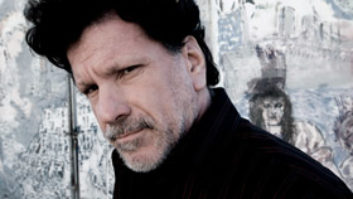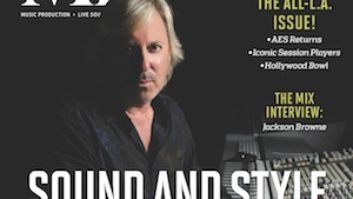
“If you’re early, you’re on time. If you’re on time, you’re late.”
advertisement
That aphorism comes to mind whenever I think of Los Angeles; perhaps one of the most important life lessons I got there. Sure, I could’ve learned it in any other stressful big-city environment, but the fact that it came from sunny Southern California will probably surprise those of you who haven’t worked in the area.
Of course, there is a certain amount of laidbackness in the Angeleno lifestyle. But don’t be fooled into thinking they don’t mean business by their work attire (e.g., lack of suits, ties and leather shoes) or their predilection for convertibles and cannabis.
How they do business, however, is often shaped by two major factors—time and space.
Time Factor
In L.A., distance is measured by time. But unlike traditional land-based figures, the results are often unpredictable and out of your control due to one major variable: traffic. A simple question such as, “How far is it to Pasadena?” will often be countered with, “When are you leaving?” Pick the wrong time on the wrong freeway and it can take you an extra hour to go only a few miles.
Same in every big city, right? Not quite—and this is where the space parameter first enters the equation. The greater L.A. region now stretches as far as the Inland Empire to the east, Ventura to the northwest, and through Orange County to the south. Because you’re using time to measure distance, it’s easy to forget how far you are actually traveling: Your “gig in L.A.” might take you 100 miles each way.
Raised in the region, I never realized how blasé I had become about traveling hundreds of miles until I moved to the Bay Area, where everywhere I needed to go was alarmingly close. My teenage excursions from Riverside to the Dick Grove School of Music in Studio City (140 miles, round trip) and to CalArts in Valencia (170 miles, total) for classes and workshops seemed perfectly natural, but they taught me to always err on the early side. Percussionists, like recording engineers, know they must be among the first to arrive and will likely be the last to leave.
Of course, planning to be early is a rule that every successful person in our industry lives by, no matter where they work. As my timpani teacher William Kraft explained (donning the voice of a mobster), “You’re only late once.” I felt that pressure even as a teen, avidly reading Tommy Tedesco’s “Studio Log” column in Guitar Player to get a glimpse of what was ahead of me in the studio. Being set up and ready for the downbeat of a session was as important as being fully prepared to read and play whatever was put in front of you.
Room to Innovate
The space parameter also has a profound effect on how we think: In Southern California there is lots of space, in many connotations of the word. Since the early 20th century, the area has been a magnet for people with big dreams who want to reinvent themselves or do unusual things, particularly artists and entrepreneurs who want to step out of the box in whatever field they’re in. To stretch the boundaries, you need room to work, which is one reason why all the interstitial space between the cities leading away from Los Angeles in every direction has been filled with industrial parks, strip malls and condos (just as an empty counter in your office becomes cluttered with the residue of works in progress).
It’s easy to see the results of more than a century of this type of growth when you fly into LAX or the other local airports: Single-level homes, warehouses, and factories spread out across Southern California like the components of a vast circuit board. This ability to stretch out, coupled with a hospitable climate, still attracts entrepreneurs and creative types.
Sure, Silicon Valley and the Bay Area continue to be seen as the hotbed of talent and innovation in the tech industry, but the L.A. region remains the global player in film, music and style. We take it for granted or, paradoxically, write it off as unimportant or superfluous.
I would argue that the ubiquity of American culture abroad can be greatly attributed to the L.A.-based entertainment industry, including music that could come from nowhere but the Los Angeles basin. Look no further than that group of adventurous studio cats known as the Wrecking Crew, who were a generation older than their unwitting audience yet helped define new styles in rock and pop music for more than a decade—in part because of their location. The distinctly California surf sound of the Beach Boys and Jan and Dean greatly benefitted from their proximity to this L.A.-based studio scene.
Then there is the zeitgeist of the Laurel Canyon scene in the late ’60s and early ’70s, which drew artists from around the world, not to mention the last four decades of the Sunset Strip, which hosted influential punk, new wave, and glam-metal bands. It’s as if Southern Californian political conservatism provided a backstop against which forward-thinking artists could push and ferment their creativity.
It is with this in mind that I also see the aphorism above as a metaphor for innovation in L.A., whether it’s the cutting edge of recording technology or the birthing of a musical style. Pioneering is a perilous vocation, but if you’re going to risk everything, why not do it in a warm and sunny place?



